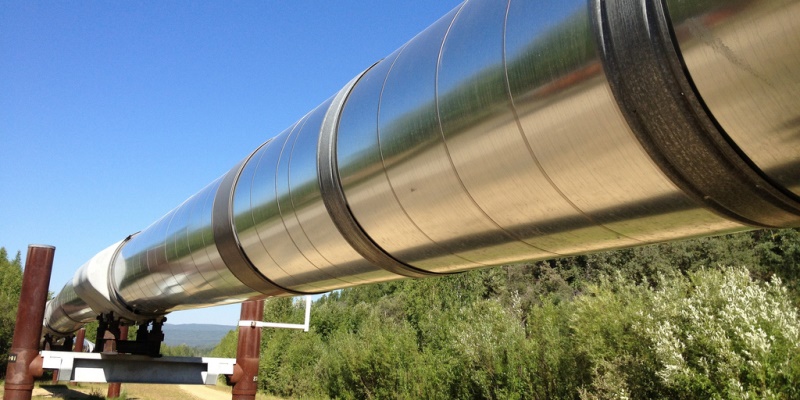Pipeline obstructionism costing Canada billions

The recent decision by Kinder Morgan, one of the largest energy infrastructure companies in North America, to halt all “non-essential spending” on the Trans Mountain pipeline expansion—which would run from Alberta, through British Columbia, to the coast—made headlines across the country.
Stories have focused on inter-provincial rivalries and trade wars. But an often ignored or misunderstood aspect of the pipeline debate is how much Canadians lose by not having sufficient pipeline capacity to deliver our oil to market. According to a recent Fraser Institute study, Canadian oil producers will lose $15.8 billion in revenue this year. More on that in a moment.
Despite increased oil production in recent years, Canada has been unable to build any new major pipelines due to the cancellation of the Northern Gateway and Energy East projects, and ongoing delays in the Trans Mountain expansion, Line 3 replacement project and Keystone XL.
Take the Trans Mountain pipeline expansion, for example. The B.C. government continues to oppose the project, despite regulatory approval, and is pursuing legal means to regulate the movement of diluted bitumen through its territory. Such political opposition raises serious concerns about whether the pipeline will actually be built.
So what are the consequences of all these delays? How is pipeline obstructionism affecting our energy industry?
Consequences include an overdependence on the U.S. market, increased reliance on more costly modes of energy transportation, and rising oil inventories in Western Canada. Because of Canada’s lack of pipeline capacity, oil producers have been shipping their crude-by-rail, a higher-cost mode of transportation. Higher crude-by-rail rates mean Canadian oil producers absorb higher transportation costs, leading to lower prices for Canadian crude and a wider price differential.
Moreover, rail transport is less safe than pipelines, which is bad news for people and the environment. In fact, pipelines are 2.5 times safer (i.e. less likely to experience an oil spill) than rail transport.
Consider this. There’s always been a price difference between Western Canada Select (WCS) and U.S. crude (West Texas Intermediate) due to transportation costs and the difference in quality between the two products. Between 2009 and 2012, the price difference was roughly 13 per cent (of the U.S. crude price). And that difference was seen by producers as one of the costs of doing business in Canada.
But recently, this price difference has skyrocketed. In 2018, the average price difference between Canadian oil (WCS) and U.S. oil (WTI)—based on first quarter data—was US$26.30 per barrel, which represents a discount of 42 per cent.
Consequently, Canadian heavy oil producers will lose $15.8 billion this year in revenues compared to what other producers of similar products are receiving. That’s roughly 0.7 per cent of our national economy lost because we can’t deliver our product to international markets to secure better prices.
Finally, this loss of revenue has far-reaching effects. It means less investment in Canada, less job-creation for Canadian employers and workers, and less overall prosperity. Indeed, investment in Canada’s energy industry, particularly foreign investment, is collapsing. The Trudeau government admitted as much by recently funding a study to find out why Canada’s industry, once a global leader, is now hemorrhaging investment. The answer to that question may seem self-evident to many Canadians, as obstructionism is now a constant feature on Canada’s energy scene.
Because pipelines take time to plan and construct, these losses will continue for the foreseeable future. In other words, there’s almost no way to stem these losses in the short term. Unless Canadians are willing to continue to incur large losses and less investment, policymakers must ensure pipelines get built over the next two or three years.
Simply put, pipeline obstructionism is hurting the country. Canada’s need for new pipelines is critical.


